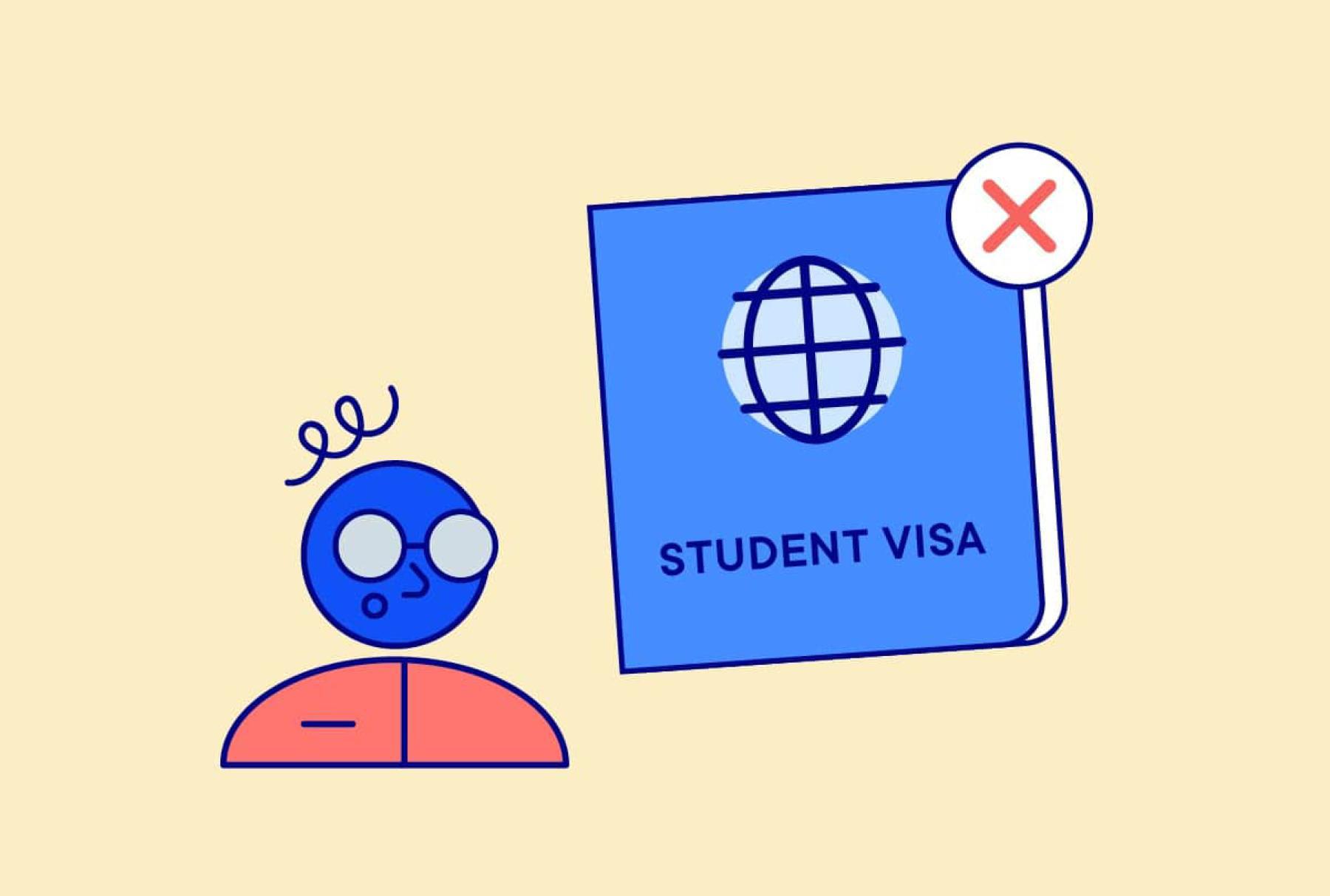Understanding and Overcoming Student Visa Rejections – What to Do Next

Facing a student visa rejection can feel disheartening, especially when you’ve worked hard to prepare your application. However, a rejection isn’t the end of your journey—it’s an opportunity to learn, refine your approach, and try again. In this article, we explore common reasons for visa rejections and offer practical steps to overcome them, helping you pave the way for a successful reapplication.
Common Reasons for Visa Rejections
Understanding why visas are rejected is the first step toward avoiding similar pitfalls in your next attempt. Some common reasons include:
- Incomplete Documentation: Missing or incorrect documents are among the most frequent causes of rejection.
- Insufficient Financial Proof: Visa officers need clear evidence that you can support your studies and living expenses abroad.
- Unclear Study Intentions: Vague or inconsistent responses about your study plans can raise concerns.
- Weak Ties to Home Country: Consular officers look for evidence that you will return home after your studies.
- Errors in the Application Form: Simple mistakes in your application can lead to delays or denials.
How to Analyze a Rejection
Review the Rejection Letter:
- Understand the Feedback: The rejection letter typically outlines the reasons for denial. Read it carefully to pinpoint the areas that need improvement.
- Seek Clarification: If the letter is unclear, consider reaching out to the embassy or consulate for further explanation.
Self-Evaluation:
- Revisit Your Application: Identify any inconsistencies or gaps in your documentation or responses.
- Consult Experts: Sometimes, an external perspective from a trusted visa consultant can help you see issues that you might have overlooked.
Steps to Overcome Rejection
1. Address Documentation Issues
Gather Missing Documents:
- Create a Detailed Checklist: Compare your initial submission against the visa requirements and make sure nothing is overlooked.
- Update Financial Proof: If financial documentation was a concern, secure updated bank statements, sponsorship letters, or scholarship awards.
Correct Errors:
- Review All Entries: Double-check every detail on your application form for accuracy and consistency.
- Documentation Consistency: Ensure that your personal details (such as name, date of birth, and passport number) match across all documents.
2. Strengthen Your Application
Enhance Your Statement of Purpose:
- Clear Study Objectives: Clearly articulate your academic goals, why you’ve chosen your specific course and how it fits into your long-term plans.
- Future Prospects: Explain how your education will benefit your career in Sri Lanka, emphasizing your commitment to returning home.
Reinforce Home Ties:
- Family and Community Connections: Provide additional evidence of your strong ties to your home country—such as family responsibilities, job prospects, or property ownership.
- Future Plans: Outline concrete plans that demonstrate your intention to contribute to your country after your studies.
3. Seek Professional Guidance
Consult a Visa Expert:
- Personalized Advice: A seasoned consultant can review your previous application and provide tailored recommendations for improvement.
- Mock Interviews: If interview performance was a factor, consider additional practice sessions to refine your delivery and build confidence.
Attend Workshops or Seminars:
- Educational Resources: Look for workshops that cover visa application processes, document preparation, and interview techniques. These can provide valuable insights and tips.
4. Reapply with Confidence
Prepare a New Application:
- Revise Your Documents: Make sure all documents are updated, complete, and correctly formatted.
- Practice Your Interview: Use the feedback from your previous experience to fine-tune your responses and presentation.
Stay Positive and Persistent:
- Learn from the Experience: Remember, many successful students have faced rejections before eventually securing their visas.
- Resubmit Promptly: Once you’ve addressed the issues, don’t delay reapplying. A swift, improved application can turn the tide in your favor.
Final Thoughts
A student visa rejection can be a setback, but it’s not the final chapter in your journey. By understanding the reasons behind the denial and taking proactive steps to address them, you can transform this challenge into an opportunity for growth. With careful preparation, professional guidance, and a determined spirit, you can overcome the hurdles and move one step closer to studying abroad.
Remember, every successful applicant has faced obstacles along the way. Learn from your experience, make the necessary improvements, and approach your next application with confidence and resilience. Your dream of studying abroad is within reach!

